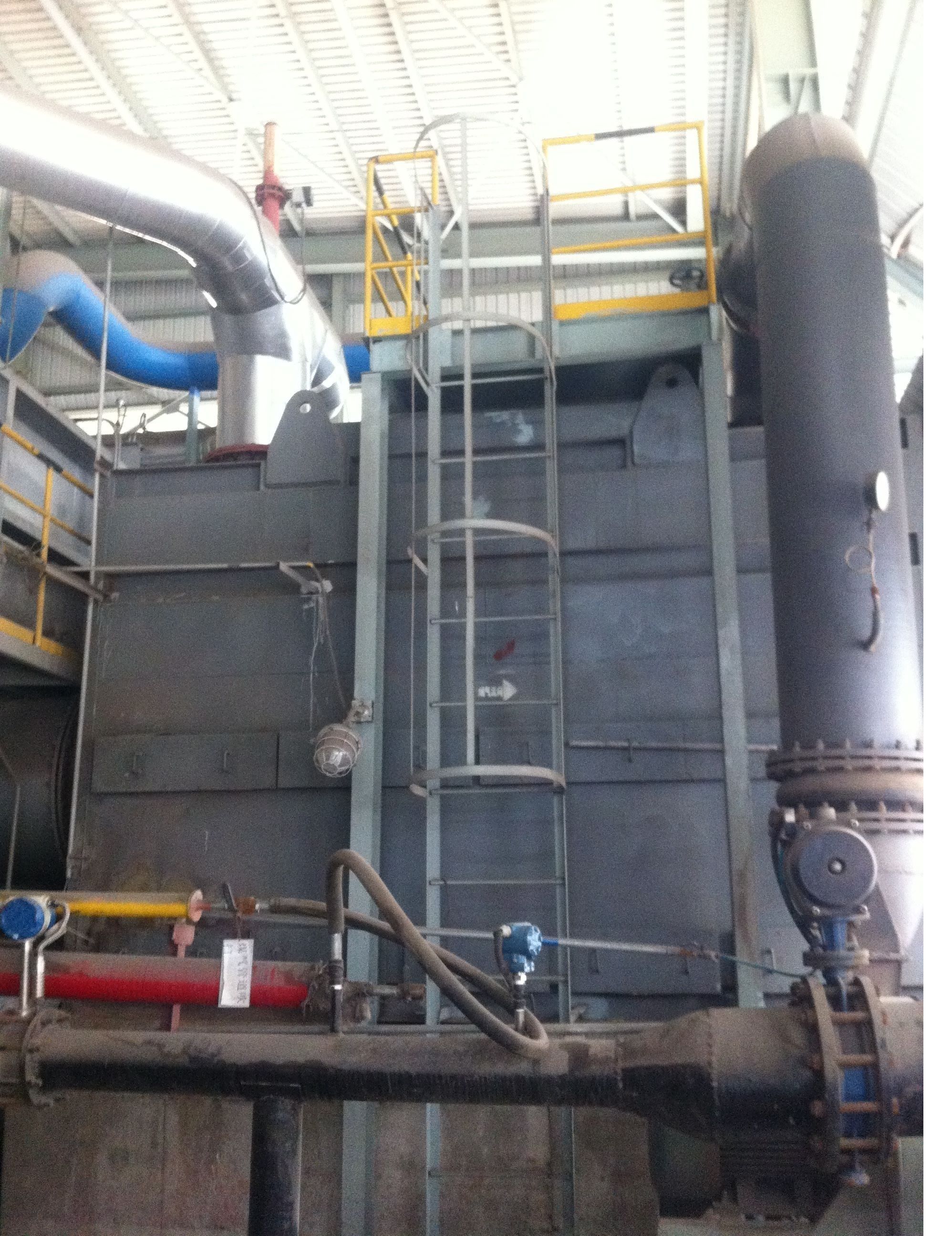High-Temperature Stress-Free Heat Exchanger for Steel Rolling Reheating Furnace

I. Current Application Status of High-Temperature Heat Exchangers in Reheating Furnace Tails
In industrial sectors such as iron/steel and metallurgy, conventional reheating furnaces typically employ shell-and-tube heat exchangers at the tail end to preheat gas or air, with exhaust flue gas temperatures generally ranging from 300 ~ 500°C. However, traditional fixed-tube-sheet heat exchangers face significant challenges under high-temperature conditions:
Thermal Stress Damage:
Uneven thermal expansion of heat exchange tubes causes stress concentration, leading to tube bundle fractures and severely reducing equipment lifespan.
Limitations of Improved Solutions:
Although bent tube structures compensate for differential expansion, they fail to fully eliminate stress, and damage may still occur after prolonged operation.
Maintenance & Energy Consumption Issues:
Conventional designs are prone to ash accumulation and exhibit high flue gas side resistance. The lack of convenient ash-cleaning structures also increases maintenance costs.
Low-Temperature Sulfur Corrosion:
Cold air inlets/outlets are susceptible to low-temperature sulfur corrosion, further shortening equipment service life.
These issues result in frequent equipment replacements, increasing corporate operating costs. To address excessively high flue gas temperatures, some enterprises adopt solutions involving waste heat boilers and forced exhaust via induced draft fans. However, this approach increases power consumption and incurs significant efficiency losses when converting coal gas thermal energy into steam. Consequently, there is an urgent need for a fundamental solution that is more efficient and durable—one that fully utilizes fuel thermal energy within the primary system to substantially reduce fuel consumption.
II. Our Solution and Advantages
To overcome these challenges, our company has independently developed the High-Temperature Resistant Stress-Free Heat Exchanger. Through innovative design and material optimization, it comprehensively resolves the shortcomings of traditional equipment, offering the following advantages:
Core Technical Features
1. Stress-Free Free Expansion Design:
One end of the heat exchange tube is fixed, while the other end allows free expansion/contraction.
Eliminates thermal stress entirely and prevents tube bundle fractures, extending lifespan by over 100%.
2. High Efficiency & Low Energy Consumption:
Utilizes double-pipe & partition wall composite technology, improving heat transfer efficiency by 30% with a compact structure.
Smooth-tube design reduces flue gas resistance.
Optimizes exhaust temperature settings based on chimney height, eliminating the need for extra induced draft fans.
Lowers fuel consumption and increases furnace thermal efficiency by 5% ~ 15%.
3. Corrosion Resistance & Safety Protection:
Segmented design preheats cold air at the inlet in the low-temperature section, mitigating sulfur corrosion.
Constructed with high-temperature-resistant ferritic stainless steel (tolerance up to 850°C).
Built-in insulation layer ensures low external surface temperature and operational safety.
4. Convenient Maintenance Design:
Dedicated ash-cleaning space enables efficient periodic soot removal, minimizing downtime.
III. Application Benefits
Extended Equipment Lifespan:
Complete elimination of thermal stress damage ensures over 10 years of operation.
Reduced Investment Costs:
Lower maintenance frequency and spare part replacement costs save 20%–30% in overall investment.
Energy Savings & Environmental Protection:
Lower exhaust temperature, reduced fuel consumption, and improved thermal efficiency support green production.
Industry Recognition:
Successfully deployed in multiple steel plants, receiving unanimous positive feedback (see attached project photos).